Retailers and OEM/ODM teams selling into island markets often blur two distinct promises: a Hawaii beach toothbrush designed for sand, splash, and sun, and a Hawaii waterproof toothbrush engineered for brief saltwater immersion. For customers packing gear for boat days and snorkel tours, those differences matter. Below are six B2B angles—use cases, sealing, materials, power, hygiene, and validation—to help you specify, price, and position the right electric toothbrush for Hawaiian snorkeling scenarios.
First, clarify expectations. A Hawaii beach toothbrush covers seaside realities: sunscreened hands, sandy counters, rinse-offs under an outdoor tap, and humid bathrooms. By contrast, a Hawaii waterproof toothbrush is designed to tolerate accidental drops into saltwater, wet dry-bags, and deck spray. Importantly, we don’t recommend brushing while snorkeling; rather, the waterproof unit is built to survive immersion incidents that beach-only products are not validated for.
Next, align sealing to the claim:
Moreover, the ocean adds chloride-driven corrosion and galvanic risks:
Furthermore, the power system must avoid corrosion and noise while remaining travel-friendly:
Additionally, post-use care determines longevity:
Finally, prove what you claim and sell it where it wins:
Choose the Hawaii waterproof toothbrush when inventory is likely to encounter dunking, boat spray, and salt-heavy environments; it carries the sealing, materials, and validation to survive those incidents. Opt for the Hawaii beach toothbrush when the use case is primarily shore-side—sand, splash, and sun—at a lower BOM and price point.
Quick buyer checklist (6 steps):
With these choices, your line can credibly cover both needs while keeping margins and returns under control in Hawaii’s coastal retail ecosystem. Contact us
.jpg)
.jpg)
How Does Gum Recession Relate to Maintenance Complexity?
Frequent Allergy Reactions to Whitening Kits: Is Cold-Light Technology to Blame?
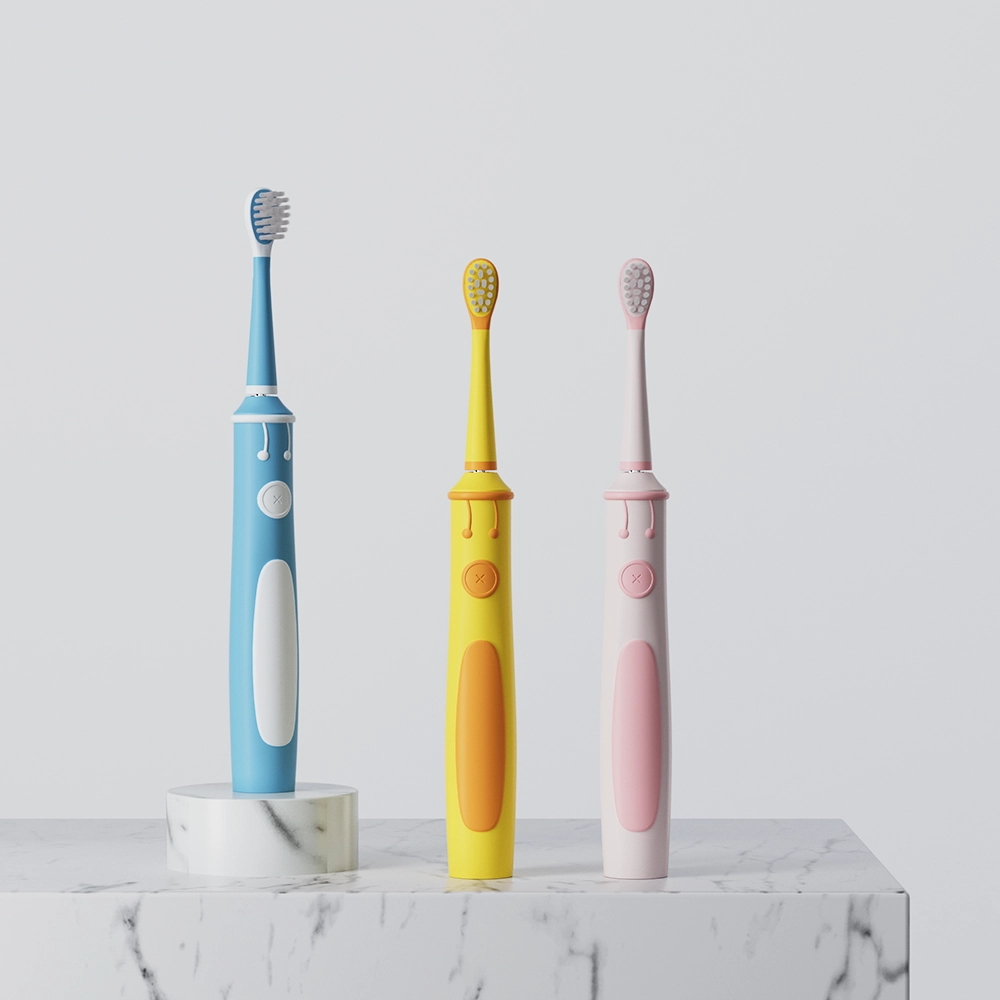
Why Kids’ Electric Toothbrushes Need Antibacterial Materials
Can Incorrect Brush Head Replacement Frequency Accelerate Enamel Wear?
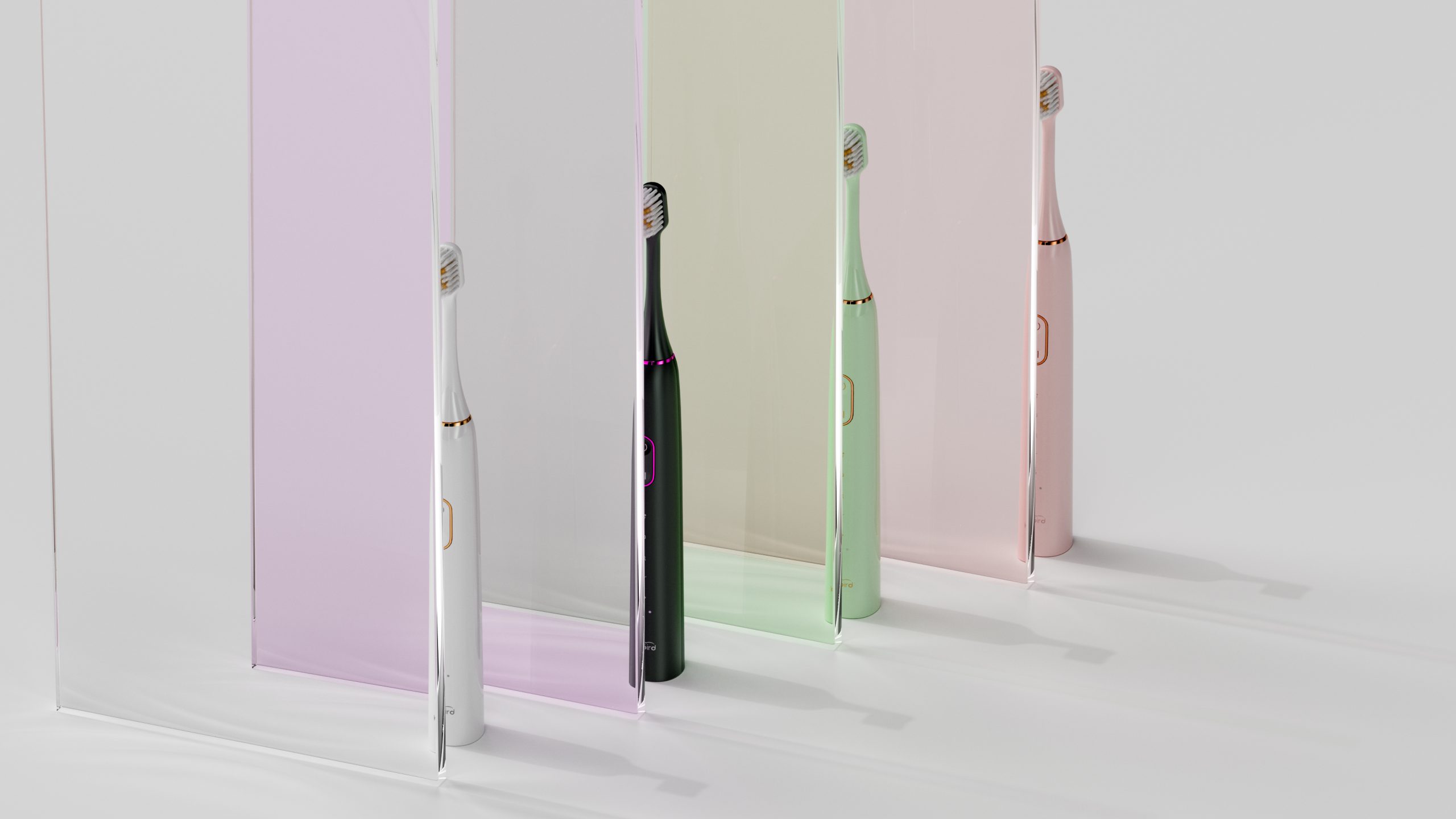
How Can Oral Care Product Brands Improve Customer Trust Through Content Marketing?

How a Seattle sustainable toothbrush meets the Seattle tech toothbrush
How Does Cold Light Wavelength Align with Pediatric Safety?
Why Do Pediatric Warnings Address Bleach Residuals?
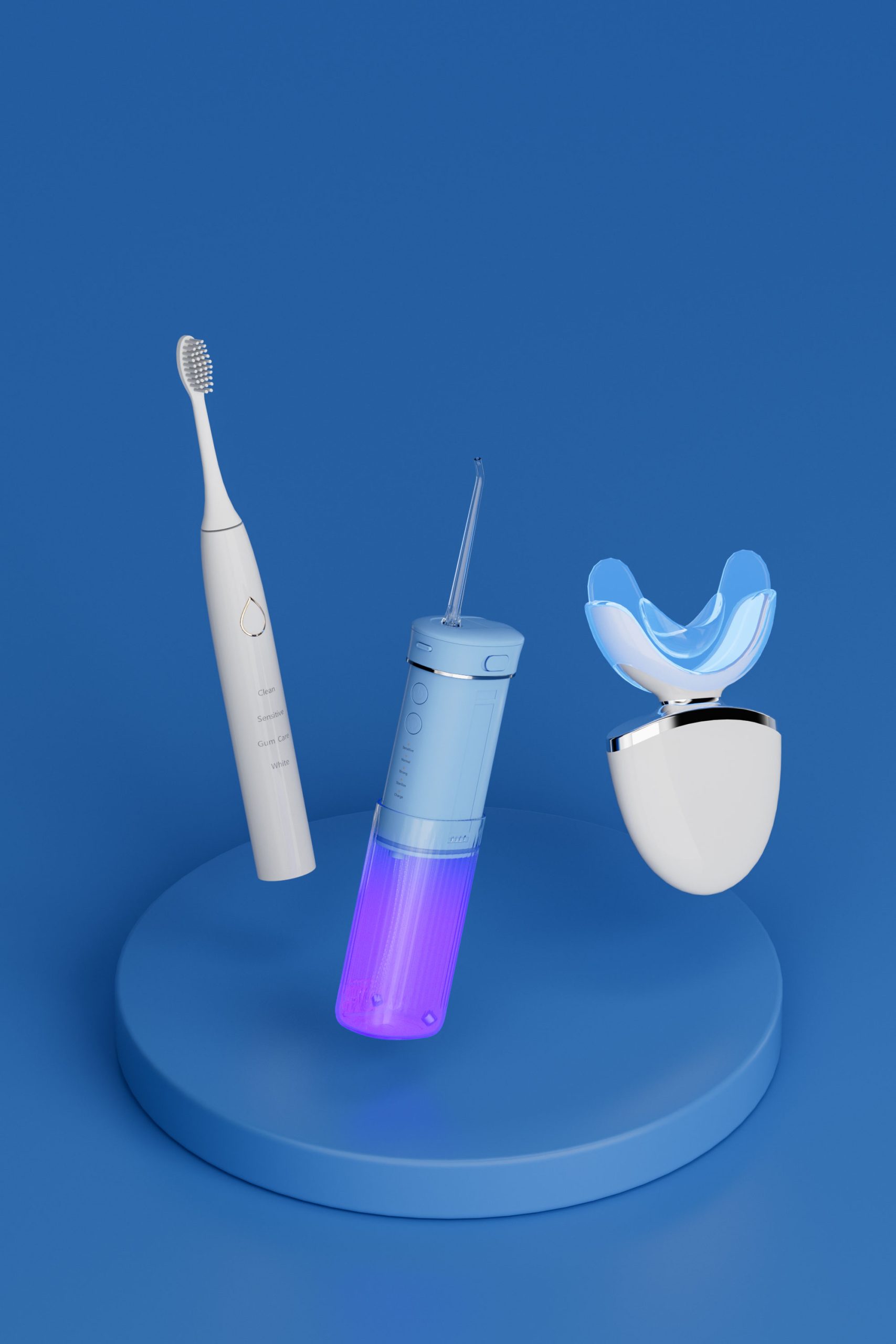
Why a Hindi brushing guide is essential for your First-time user guide
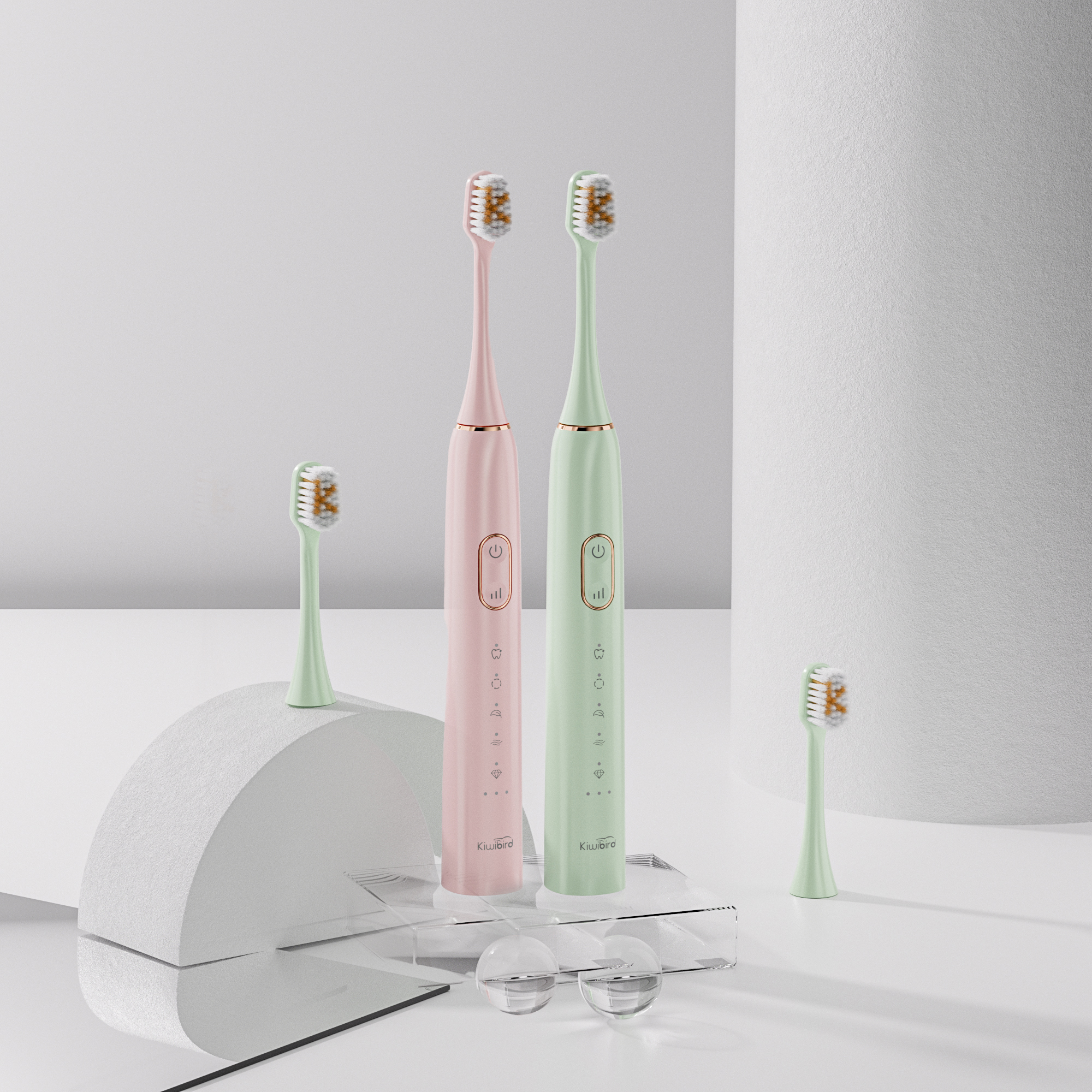
How Can Electric Toothbrush Distributors Reduce Inventory Risk?
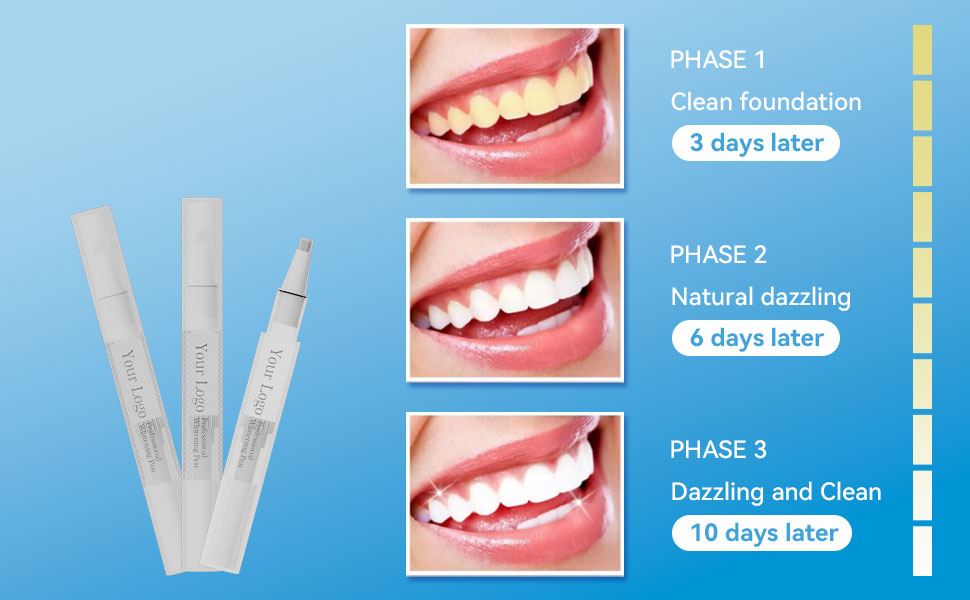
What is LED Teeth Whitening Kit and Usage Guide
-1-scaled.png)
How Red Light Therapy Boosts Gum Health in Advanced Oral Care Products
How to Handle Temperature Spikes and Handle Slippage?
.jpg)
A Guide to Designing Good-Looking Electric Toothbrush: How Can Macaron Colors + APP Interconnection Increase Product Premium?
How Crown Compatibility Aligns with Pressure Sensors Tech?
How to Deal with Sudden Tooth Sensitivity carefully?

electric toothbrush heads Regular Clean

electric toothbrush heads Ultra Soft

Customization Teeth Whitening Gel
.jpg)
Florida Electric Toothbrush – Powsmart PTR-C8

electric toothbrush heads Deep Clean

Electric toothbrush heads Charcoal Infused-Diamond

Private Label Whitening Gel

electric toothbrush heads Charcoal Infuse-Round
whstapp
whstapp
National Toll-Free Service Hotline
+86 755 86238638